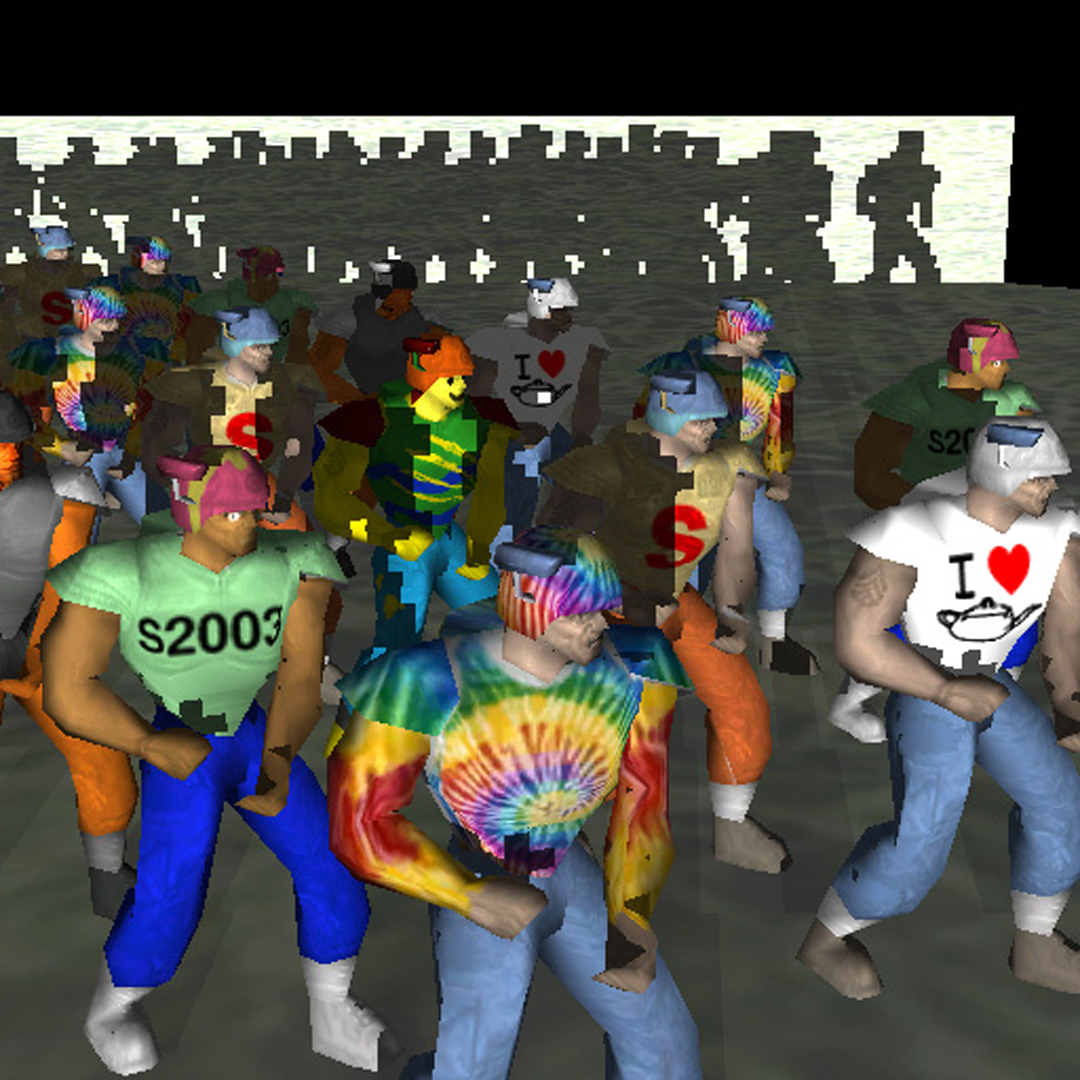“Shadow silhouette maps” by Sen, Cammarano and Hanrahan
Conference:
Type(s):
Title:
- Shadow silhouette maps
Presenter(s)/Author(s):
Abstract:
The most popular techniques for interactive rendering of hard shadows are shadow maps and shadow volumes. Shadow maps work well in regions that are completely in light or in shadow but result in objectionable artifacts near shadow boundaries. In contrast, shadow volumes generate precise shadow boundaries but require high fill rates. In this paper, we propose the method of silhouette maps, in which a shadow depth map is augmented by storing the location of points on the geometric silhouette. This allows the shader to construct a piecewise linear approximation to the true shadow silhouette, improving the visual quality over the piecewise constant approximation of conventional shadow maps. We demonstrate an implementation of our approach running on programmable graphics hardware in real-time.
References:
1. BRABEC, S., AND SEIDEL, H. 2001. Hardware-accelerated rendering of antialiased shadows with shadow maps. In Computer Graphics International, CGI, 209–214. Google Scholar
2. CROW, F. C. 1977. Shadow algorithms for computer graphics. In Computer Graphics (Proceedings of ACM SIGGRAPH 77), ACM SIGGRAPH, 242–248. Google Scholar
3. EVERITT, C., AND KILGARD, M. J. 2002. Practical and robust stenciled shadow volumes for hardware-accelerated rendering. Webpage. http://developer.nvidia.com/view.asp?I0=robust_shadow_volumes.Google Scholar
4. FERNANDO, R., FERNANDEZ, S., BALA, K., AND GREENBERG, D. P. 2001. Adaptive shadow maps. In Proceedings of SIGGRAPH 2001, ACM Press / ACM SIGGRAPH, E. Fiume, Ed., Computer Graphics Proceedings, Annual Conference Series, ACM, 387–390. Google Scholar
5. FUCHS, H., GOLDFEATHER, J., HULTQUIST, J. P., SPACH, S., AUSTIN, J. D., BROOKS, F. P., EYLES, J. G., AND POULTON, J. 1985. Fast sphere, shadows, textures, transparencies, and image enhancements in pixel-planes. In Computer Graphics (Proceedings of ACM SIGGRAPH 85), ACM SIGGRAPH, 111–120. Google Scholar
6. HAINES, E. A., AND GREENBERG, D. P. 1986. The light buffer: a shadow-testing accelerator. IEEE Computer Graphics and Applications 6, 9, 6–16.Google ScholarDigital Library
7. HAKURA, Z. S., AND GUPTA, A. 1997. The design and analysis of a cache architecture for texture mapping. In 24th International Symposium on Computer Architecture, 108–120. Google Scholar
8. JU, T., LOSASSO, F., SCHAEFER, S., AND WARREN, J. 2002. Dual contouring of hermite data. ACM Transactions on Graphics 21, 3, 339–346. Google ScholarDigital Library
9. KILGARD, M. J. 2000. Quake2 model bump-mapping with volumetric shadows. Webpage. http://developer.nvidia.com/view.asp?I0=q2_bm_vol_shadows.Google Scholar
10. PURCELL, T., BUCK, I., MARK, W. R., AND HANRAHAN, P. 2002. Ray tracing on programmable graphics hardware. ACM Transactions on Graphics 21, 3, 703–712. Google ScholarDigital Library
11. REEVES, W. T., SALESIN, D. H., AND COOK, R. L. 1987. Rendering antialiased shadows with depth maps. In Computer Graphics (Proceedings of ACM SIGGRAPH 87), ACM SIGGRAPH, 283–291. Google Scholar
12. STAMMINGER, M., AND DRETTAKIS, G. 2002. Perspective shadow maps. ACM Transactions on Graphics 21, 3, 557–562. Google ScholarDigital Library
13. WILLIAMS, L. 1978. Casting curved shadows on curved surfaces. In Computer Graphics (Proceedings of ACM SIGGRAPH 78), ACM SIGGRAPH, 270–274. Google Scholar
14. WOO, A., POULIN, P., AND FOURNIER, A. 1990. A survey of shadow algorithms. IEEE Computer Graphics and Applications 10, 6, 13–32. Google ScholarDigital Library





